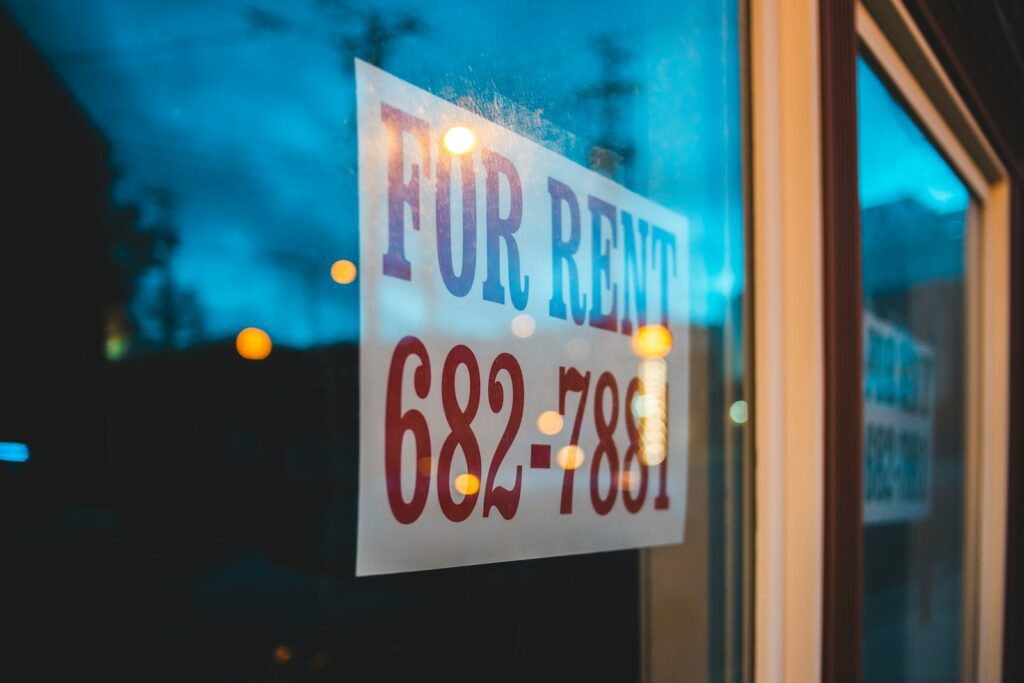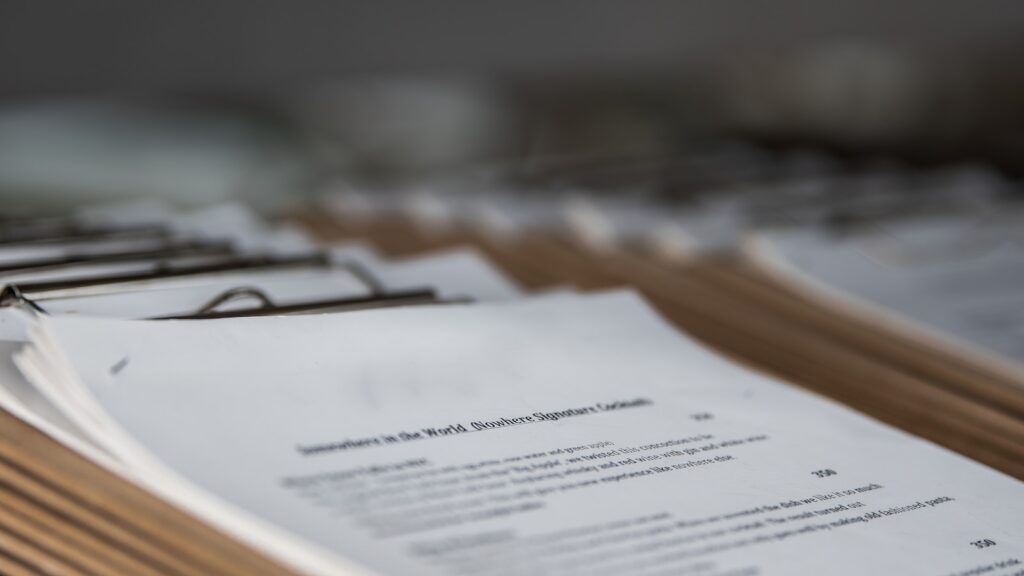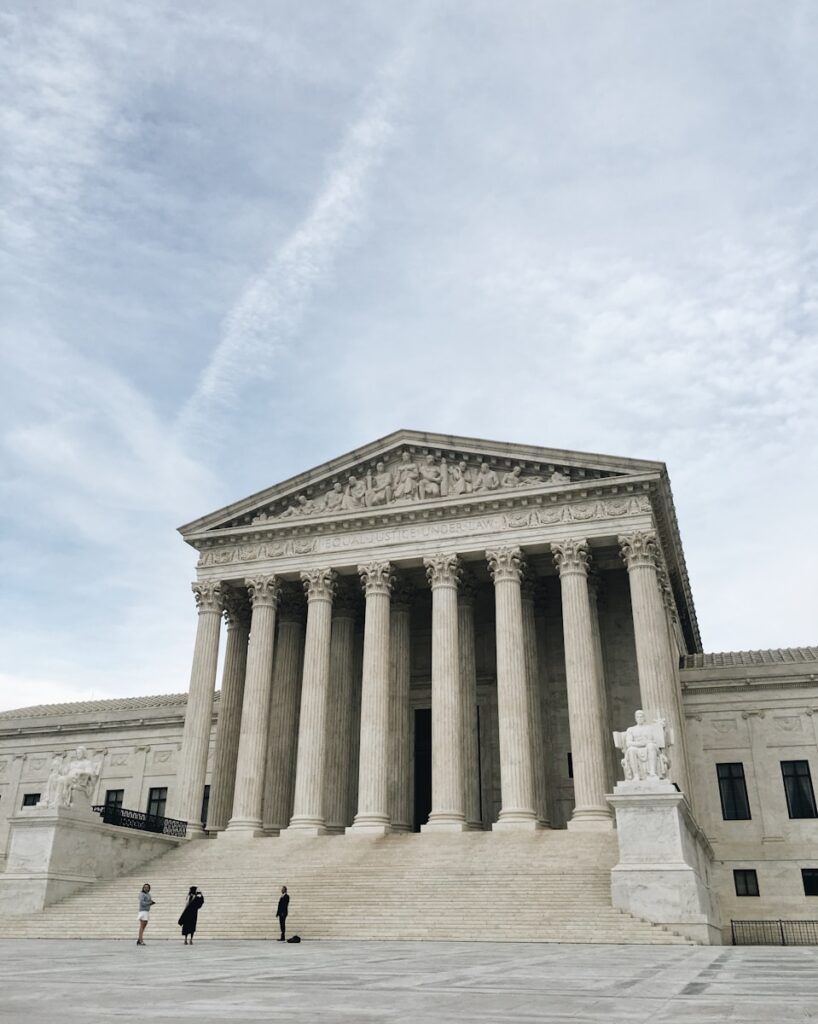In Ontario, the Standard Form of Lease is a crucial document in residential tenancies, providing clarity and consistency in rental agreements. Understanding how it works, its relationship with the Agreement to Lease, and the various clauses and exemptions is essential for both landlords and tenants.
The Standard Form of Lease
The Standard Form of Lease is a mandatory lease agreement introduced by the Ontario government for most private residential tenancies. This standardized document outlines the rights and responsibilities of both landlords and tenants, ensuring that both parties are fully aware of their obligations and protections under the Residential Tenancies Act (RTA).
Key Components
- Parties Involved: Includes the names of the landlord and tenant.
- Rental Unit: Describes the property being rented.
- Term: Specifies the duration of the lease, whether it’s fixed-term or month-to-month.
- Rent: Details the amount of rent, payment frequency, and due dates.
- Services and Utilities: Indicates which utilities and services are included in the rent.
- Responsibilities: Outlines the maintenance responsibilities of both the landlord and tenant.
- Rules and Regulations: Includes any additional rules the tenant must follow.

Agreement to Lease vs. Standard Form of Lease
Agreement to Lease
The Agreement to Lease is a preliminary document used during the negotiation phase of a rental agreement. It outlines the terms that the landlord and tenant have agreed upon before entering into the Standard Form of Lease. It serves as a commitment by both parties to enter into a formal lease agreement at a later date.
Key Differences:
- Purpose: The Agreement to Lease is a preliminary document, while the Standard Form of Lease is the official lease agreement.
- Timing: The Agreement to Lease is used before the Standard Form of Lease to outline agreed terms.
- Binding Nature: The Agreement to Lease is a commitment to sign the Standard Form of Lease, which is legally binding.

How They Work Together
The Agreement to Lease sets the stage for the Standard Form of Lease by ensuring that both parties agree on the key terms of the tenancy. Once these terms are agreed upon, they are incorporated into the Standard Form of Lease, which formalizes the tenancy and provides a detailed outline of the terms and conditions.
Exemptions
While the Standard Form of Lease is mandatory for most private residential tenancies, there are some exemptions:
- Care Homes: Such as retirement homes and long-term care facilities.
- Mobile Home Sites and Land Lease Communities: Where the tenant owns the home but leases the land.
- Social and Supportive Housing: Programs where the lease terms are regulated by other legislation.

Preprinted Clauses
The Standard Form of Lease includes several preprinted clauses that cannot be altered. These clauses ensure compliance with the Residential Tenancies Act (RTA) and cover fundamental aspects of the tenancy, such as:
- Rent Increases: Outlining the rules and limitations for increasing rent.
- Maintenance: Stating the landlord’s obligation to maintain the property.
- Eviction: Specifying the conditions under which a tenant can be evicted.
Inserting Clauses
While the Standard Form of Lease has preprinted clauses, landlords and tenants can also add additional terms to the agreement, provided they do not contradict the RTA. These additional clauses can address specific needs or situations not covered by the standard form.
Examples of Additional Clauses:
- Pet Policies: Specifying rules regarding pets in the rental unit.
- Smoking Rules: Defining areas where smoking is prohibited.
- Use of Amenities: Detailing rules for the use of common areas or facilities.

Conclusion
The Standard Form of Lease is a vital tool for ensuring fair and transparent rental agreements in Ontario. By understanding the relationship between the Agreement to Lease and the Standard Form of Lease, the exemptions, and how to work with preprinted and additional clauses, both landlords and tenants can navigate the leasing process more effectively. This knowledge helps protect the rights of both parties and promotes a harmonious landlord-tenant relationship.



